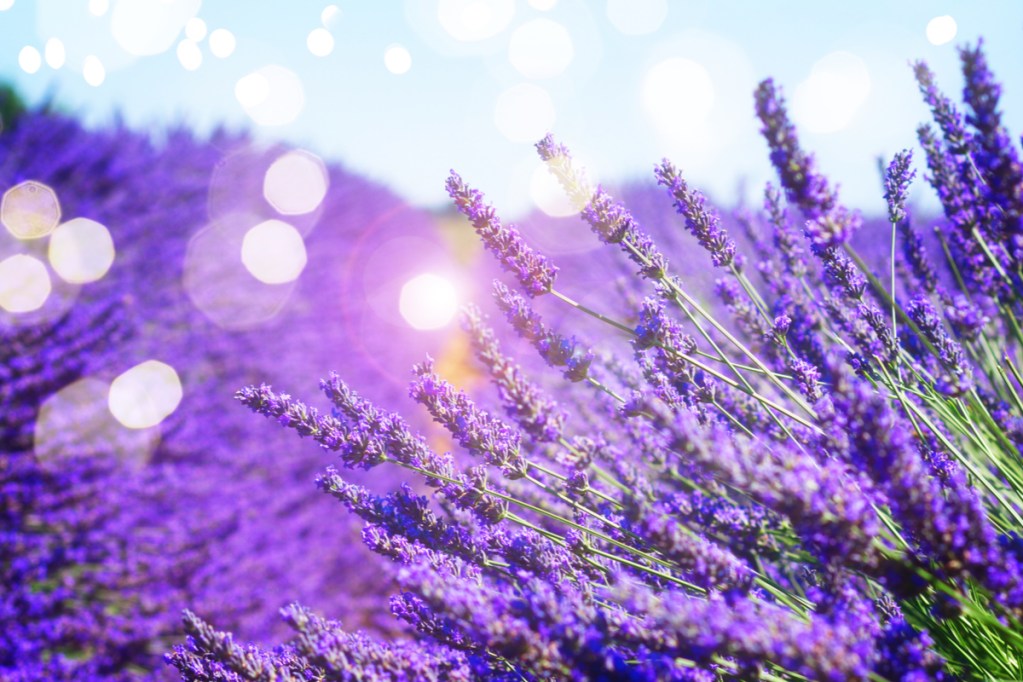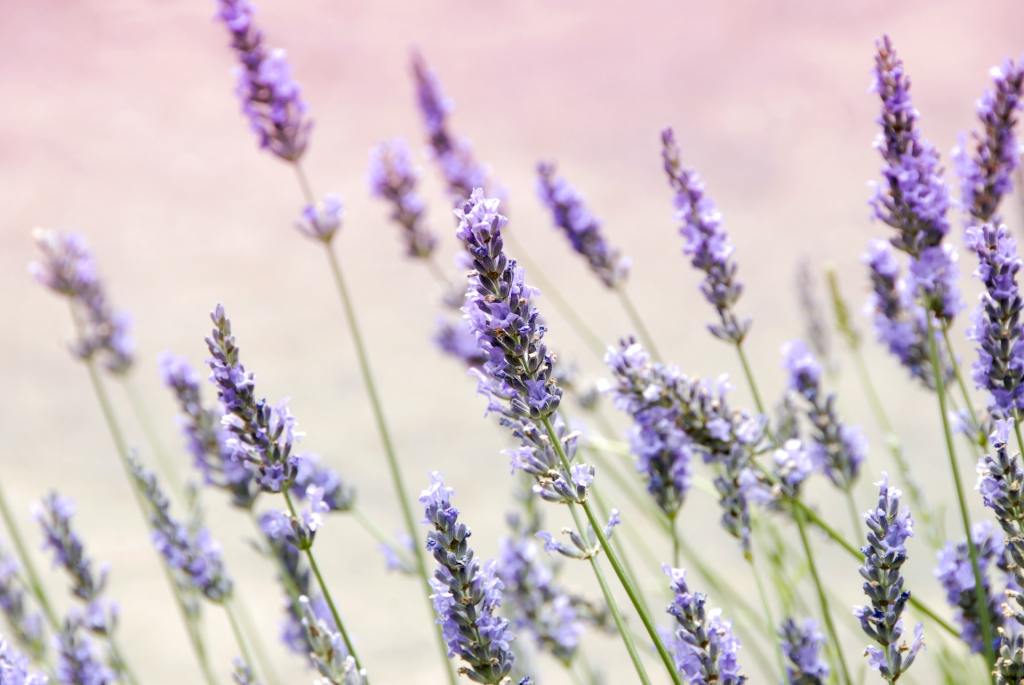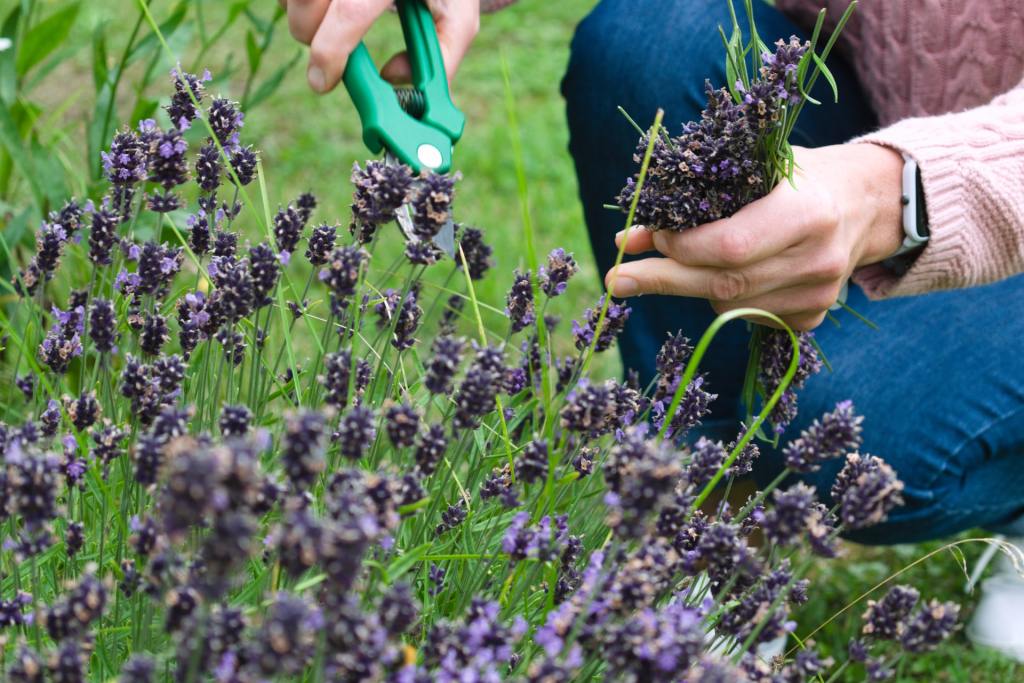Knowing how to grow lavender is a useful skill. Lavender is a beautiful and useful flower to add to your garden. It can be used for everything from homemade soaps and candles to lavender-flavored cookies and cupcakes. Lavender can even be grown indoors, as part of a kitchen herb garden or just to liven up a room. Aside from the ways it benefits us directly, lavender also attracts many beneficial insects, including pollinators. You can start lavender from a cutting, but, if you don’t already have a lavender plant to propagate, then growing lavender from seed is an easy alternative.

Planting lavender
Growing lavender from seed is fairly easy but requires patience. Lavender seeds can be sown directly in the garden, but they germinate much more reliably when started indoors in a seed tray. Use a light, seed-specific potting mix, and gently cover each seed with a thin layer of soil. Lavender germinates more quickly when it’s exposed to sunlight, so don’t cover them entirely. Make sure they’re in a warm location or use a heating mat to keep the seedlings warm.
The soil mix should be well-draining to avoid overwatering the seeds. Lavender seedlings are particularly vulnerable to fungal infections. Letting the soil dry slightly between waterings and keeping the seedlings somewhere with good airflow can help mitigate this. Most lavender seeds will germinate in just a couple of weeks, but some can take up to a month if they are lacking in sun or heat. Lavender grows very slowly at first and will continue to grow slowly during its first year.
When the seedlings are a few inches high and have a few sets of leaves, it’s time to harden them. Hardening is the process of getting seedlings used to outdoor elements, which increases their likelihood of surviving after being transplanted. This means taking the seedlings outdoors for short periods, beginning in a more sheltered location and then moving them into more open areas as time progresses. After a couple of weeks, your seedlings will likely be ready to transplant.

Caring for lavender
Transplant your lavender to a location in full sun with well-draining soil. Lavender is fairly hardy and will tolerate drought and heat, but it doesn’t bloom well in full shade and can develop health problems when left in standing water. If your soil is slow to drain, consider adding compost or other organic matter. As the organic matter breaks down, it leaves holes and air bubbles behind, which water can drain through.
Lavender doesn’t need much water overall. While your transplants are establishing themselves, water them once or twice each week. After a couple of weeks, your lavender’s roots should be established, and you can reduce watering to once every two to three weeks. When it begins to produce flowers, increase your watering back to once or twice a week, as plants typically use more water and nutrients when blooming.
Pruning is also important for lavender; it keeps the plant healthy and blooming. After it blooms, use a pair of sharp, clean garden scissors, shears, or a knife and clip the top third to two-thirds of each stem, just below the lowest leaves. This is often unnecessary during the first year of life, especially since some lavender varieties won’t bloom during the first year. During the first year, just give your lavender a light trim. Prune the lavender a second time during fall to keep new growth from becoming woody, as older, woody growth won’t bloom as much.

Pests and diseases
Most insects don’t bother lavender, although you may see the occasional whitefly. Whiteflies can be removed by hand or with a water spray, but aren’t much cause for concern. Aphids are more of an issue, as they are known to spread the alfalfa mosaic virus.
Alfalfa mosaic virus causes yellow patches on lavender plants as well as distorted or stunted growth. It can be spread by aphids, but can also be found in cuttings from infected plants that may not have been tested for the virus. If one such cutting is planted in your yard or garden, or even just nearby, then an aphid can carry the virus from the infected plant to any nearby healthy ones. Sap from infected plants can also spread the virus, so any garden shears or scissors used to cut infected plants must be sanitized thoroughly before being used again.
The best ways to keep the alfalfa mosaic virus out of your garden is to avoid taking cuttings from any unhealthy or untested lavender plants and to control the aphid population in your garden. Soapy water and neem oil are both effective at getting rid of aphids when you see them, and some gardeners report that strong-smelling herbs such as garlic, rosemary, fennel, and dill can repel them. These plants also tend to attract ladybugs, which eat aphids. Unfortunately, there is no treatment or cure for the virus once a lavender plant is infected. Although the virus rarely kills the plant, it does significantly reduce its ability to grow and bloom.
Lavender is a wonderful perennial herb and flower with many uses. It isn’t difficult to grow, but it does take some patience and care. Starting lavender from seed can be tedious, as it grows slowly, but it’s ultimately quite rewarding. Once your lavender is grown, you can cut and dry the stems, propagate it for more lavender, or just enjoy the sense of calm it brings to your garden.
Editors' Recommendations
- Plant these stunning flowering shrubs for a showstopping garden display this spring
- 3 incredible reasons why you should be using coffee grounds in your garden
- Have a gross mealybug infestation on your plants? Try one of these remedies
- These plants should be among the first you plant this year
- Unique and whimsical flowers to add to your collection for a fairy-tale garden landscape this spring




